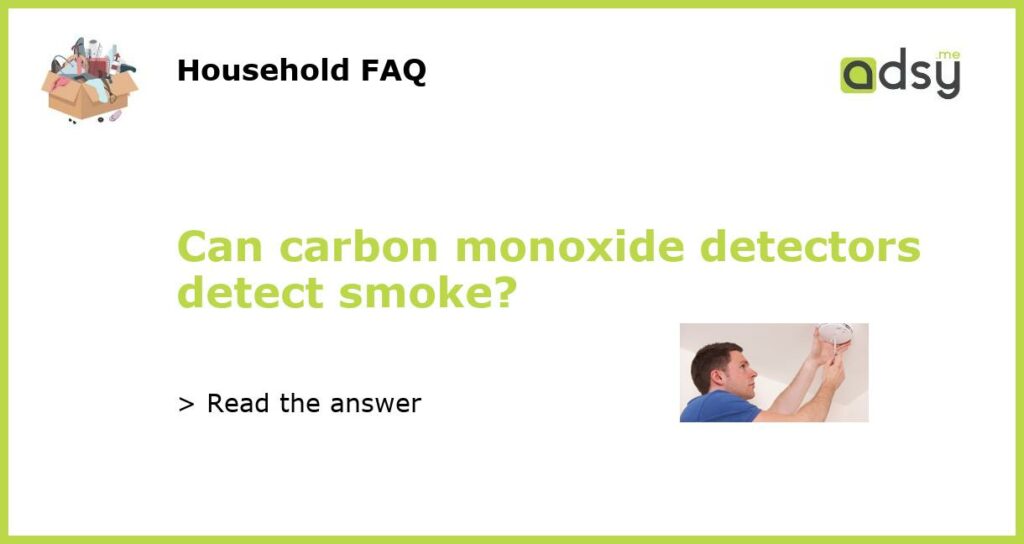Carbon Monoxide Detectors: The Basics
Carbon monoxide (CO) detectors are devices that are designed to detect the presence of carbon monoxide gas in the air. Carbon monoxide is an odorless, colorless gas that is produced by the combustion of fuel, such as gas, oil, or wood. It is extremely dangerous and can be life-threatening if inhaled in high concentrations. Carbon monoxide detectors are therefore an important safety device in homes and other buildings.
How Do Carbon Monoxide Detectors Work?
Carbon monoxide detectors work by continuously monitoring the air for the presence of carbon monoxide. They contain sensors that can detect even small amounts of carbon monoxide gas. When the sensor detects carbon monoxide, it activates an alarm to alert the occupants of the building.
Most carbon monoxide detectors use one of two types of sensors: electrochemical sensors or biomimetic sensors. Electrochemical sensors use an electrode immersed in a chemical solution to generate an electric current when carbon monoxide is present. Biomimetic sensors use a gel that changes color when it comes into contact with carbon monoxide.
Smoke Detectors vs. Carbon Monoxide Detectors
Smoke detectors, on the other hand, are designed to detect the presence of smoke particles in the air. They are typically used to provide early warning of a fire in a building. There are different types of smoke detectors, including ionization smoke detectors and photoelectric smoke detectors.
While both smoke detectors and carbon monoxide detectors aim to protect people from potential dangers, they are designed to detect different things. Smoke detectors are not designed to detect carbon monoxide, and carbon monoxide detectors are not designed to detect smoke.
The Importance of Having Both Smoke and Carbon Monoxide Detectors
It is important to have both smoke detectors and carbon monoxide detectors in your home or building. Smoke detectors will alert you to the presence of a fire, allowing you to evacuate safely and call emergency services. Carbon monoxide detectors will alert you to the presence of carbon monoxide, allowing you to take immediate action to protect yourself and your family from the silent killer.
Carbon monoxide is produced by many common household appliances, such as furnaces, water heaters, and stoves. It can build up to dangerous levels if these appliances are not installed or maintained properly. Carbon monoxide detectors can provide early warning of a carbon monoxide leak, giving you time to ventilate the area and shut off the source of the gas.
In conclusion, carbon monoxide detectors are not designed to detect smoke. They are specifically designed to detect the presence of carbon monoxide gas, which is a toxic gas that can be produced by the combustion of fuel. Smoke detectors, on the other hand, are designed to detect the presence of smoke particles in the air, which can indicate a fire.
Both smoke detectors and carbon monoxide detectors are important safety devices, and it is crucial to have both in your home or building to ensure your safety and the safety of your loved ones. Regular testing and maintenance of these detectors is also important to ensure that they are working properly and providing the necessary protection.

